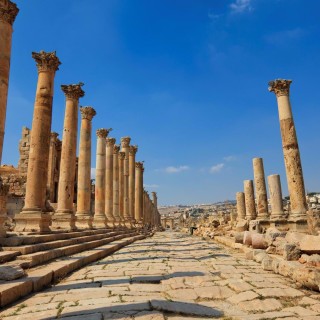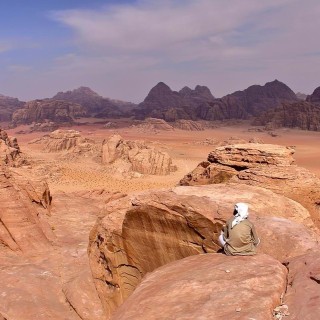Tailor-Made Tour
- Duration15 Days
- Flights IncludedYes
- Prices From £ 4935
 Places Visited :
Amman, Petra, Wadi Rum, Aqaba, Dead Sea, Jerusalem (Bethlehem)
Places Visited :
Amman, Petra, Wadi Rum, Aqaba, Dead Sea, Jerusalem (Bethlehem)
Please note: As per UK FCDO advice, we are not currently operating tours in Israel. Please contact us if you are interested in visiting the Jordan aspect of this tour.
Combining Jordan and the Holy city of Jerusalem, Israel in one trip makes complete sense to us. Utilising the border crossing at Allenby Bridge, not far from the Dead Sea, this tour takes in the history, culture and splendour of these fascinating Holy Lands. In a little over two weeks you will take in the magnificent Roman ruins of Jerash and the ancient city of Petra, immerse yourself in Bedouin culture with an overnight stay in a desert camp, relax in the waters of the Red Sea, and float in the healing waters of the Dead Sea before crossing into Israel to explore the sacred sites of Jerusalem and Bethlehem.
Remember, this trip can be personalised to suit your travel needs - we can tailor everything from hotel, travel type, duration and more.
















